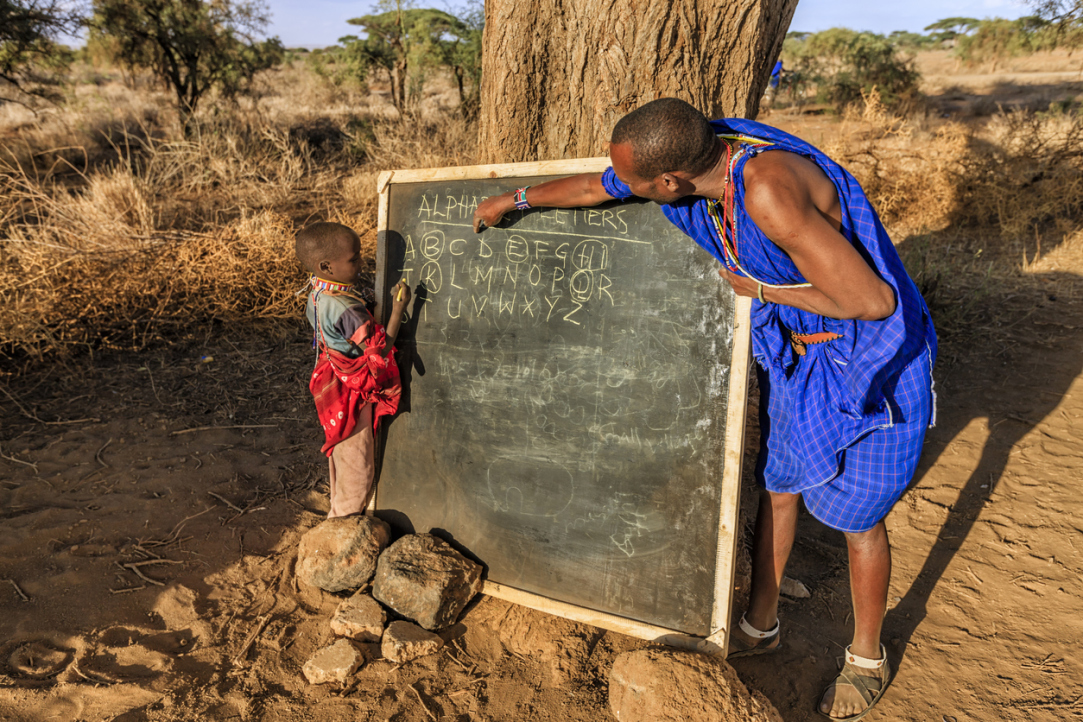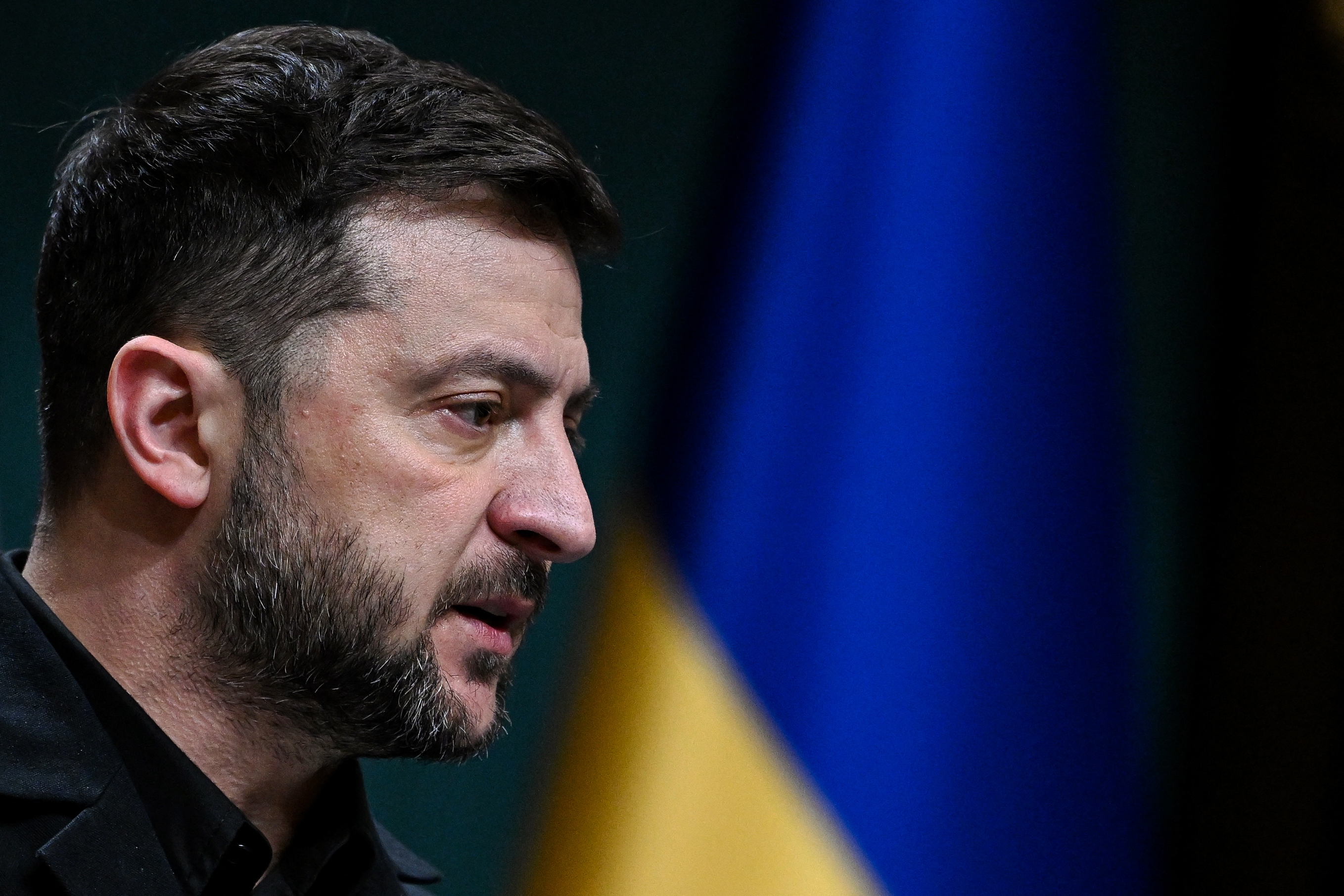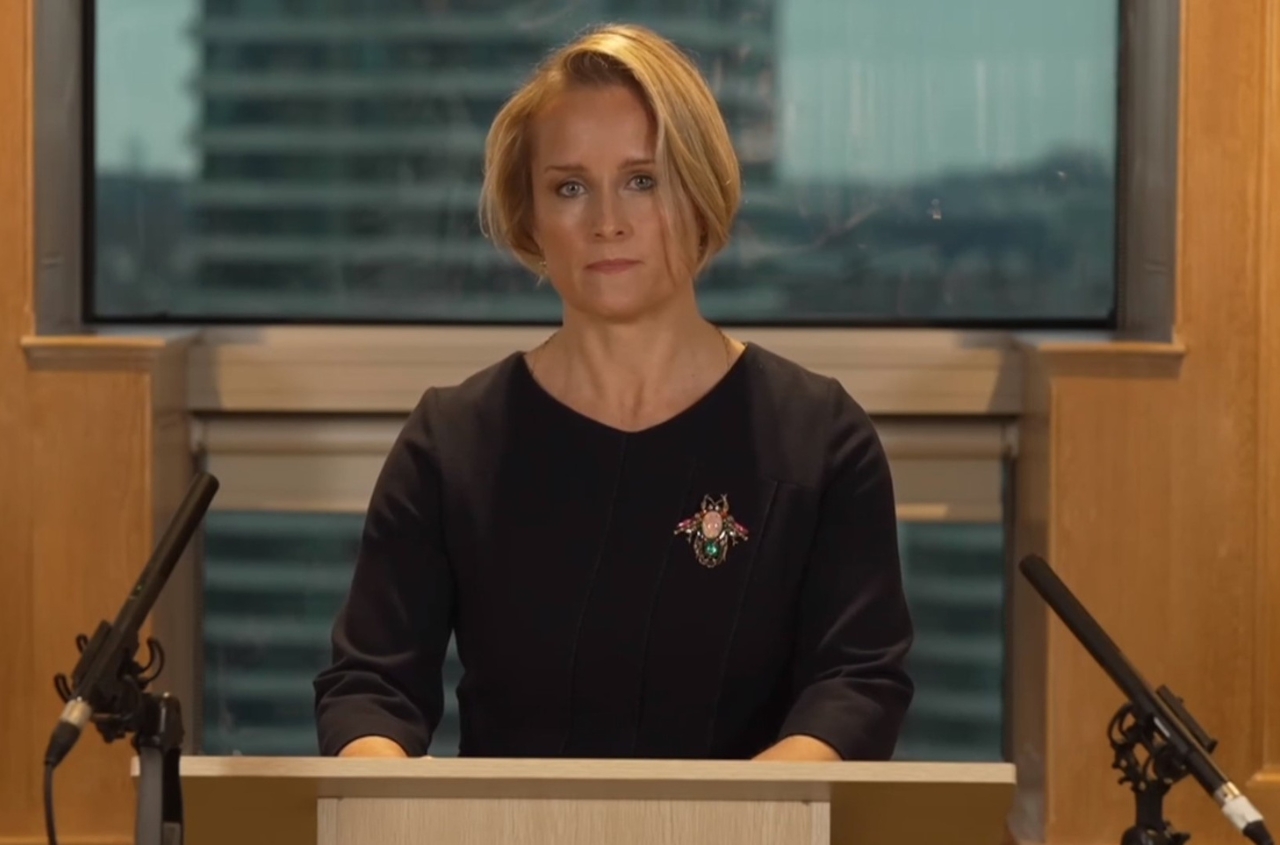The Russian authorities are launching a pilot project to establish so-called adaptation centers for migrants in several regions, including Kemerovo and Chelyabinsk regions, the republics of Tatarstan and Sakha (Yakutia), as well as Khabarovsk Krai. The official narrative is to assist foreigners in their "social, cultural, and legal integration." The real goal, however, is control, segregation, and preparation for a new stage of repressive migration policy.
In the future, the Kremlin promises to expand similar centers across all "regions with increased migration pressure"—a vague formulation that leaves broad room for arbitrary interpretation and discriminatory selectivity.
As of today, more than six million foreign citizens are registered as migrants in Russia. The vast majority are labor migrants from Central Asian countries: Tajikistan (31%), Kyrgyzstan (10%), Uzbekistan, Kazakhstan, and Armenia. Most are working-age individuals who sustain essential sectors of the Russian economy.
Despite its declared support, Moscow is allocating meager funds to the project. In 2024, only $31,100 was budgeted for the cultural and social adaptation of foreigners. Meanwhile, the new project is estimated at $1.3 million annually—a figure that, against the backdrop of Russia’s bureaucratic machine, represents more a symbolic investment in control than a genuine effort at integration.
Diaspora communities are especially alarmed by the announced creation of a new citizenship and foreign registration service within the structure of Russia’s Ministry of Internal Affairs. Given the overall trend toward centralization and repressive governance, one can expect a shift from "adaptation" to increased surveillance and, eventually, harsh restrictions on migrants.
A telling example is the recent failure of educational integration: out of 1,762 migrant children who applied to enroll in Russian schools, only 335 were allowed to take the language test—meaning 81% were effectively denied access to education.
The rhetoric of "integration" increasingly resembles an attempt to disguise growing xenophobia as concern. The main goal of these anti-migrant measures is to replenish the armed forces of the aggressor state.
Thus, the new “adaptation” centers may not become spaces of assistance, but rather another stage of systematic pressure on the migrant community, which already exists in a legal vacuum.




















